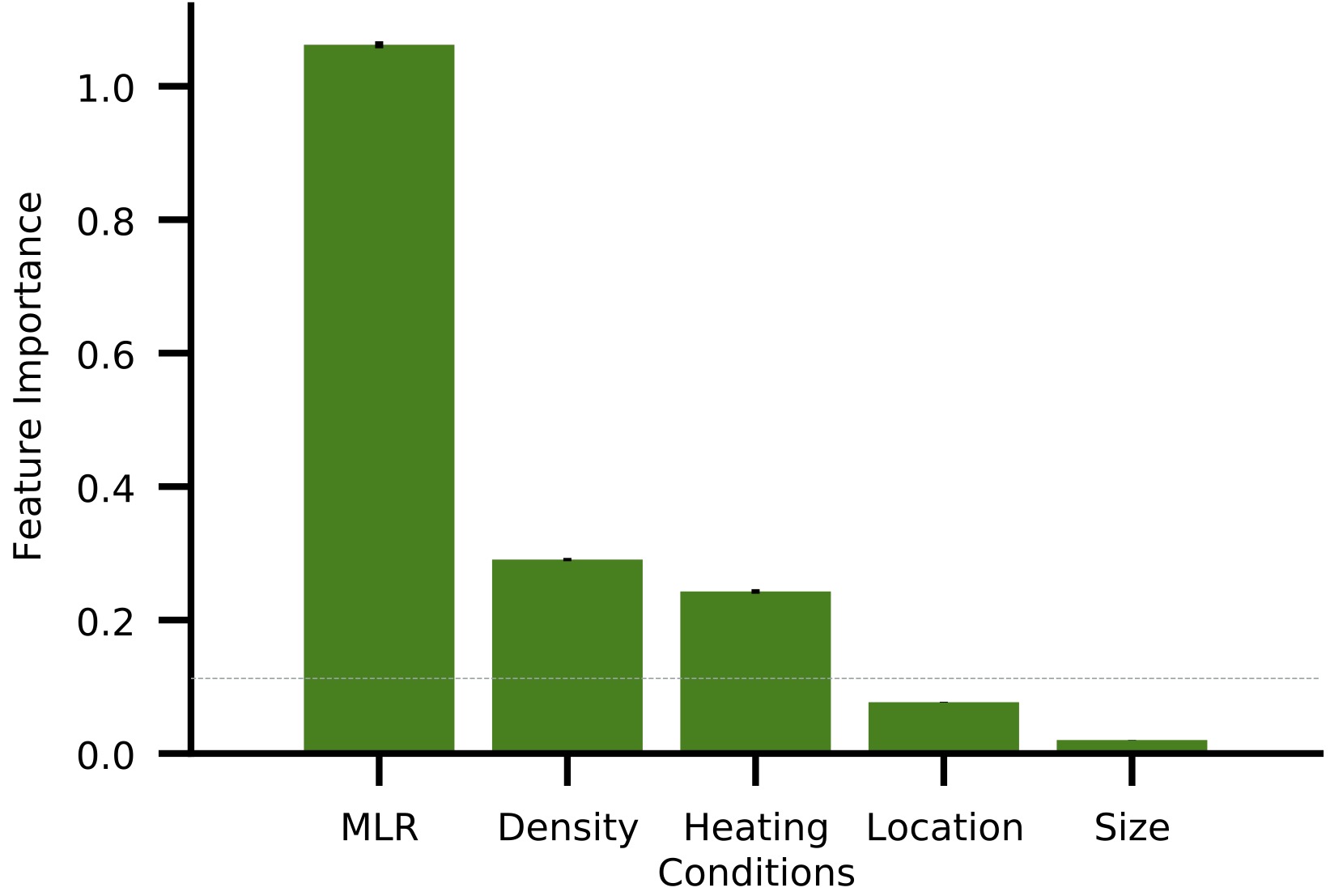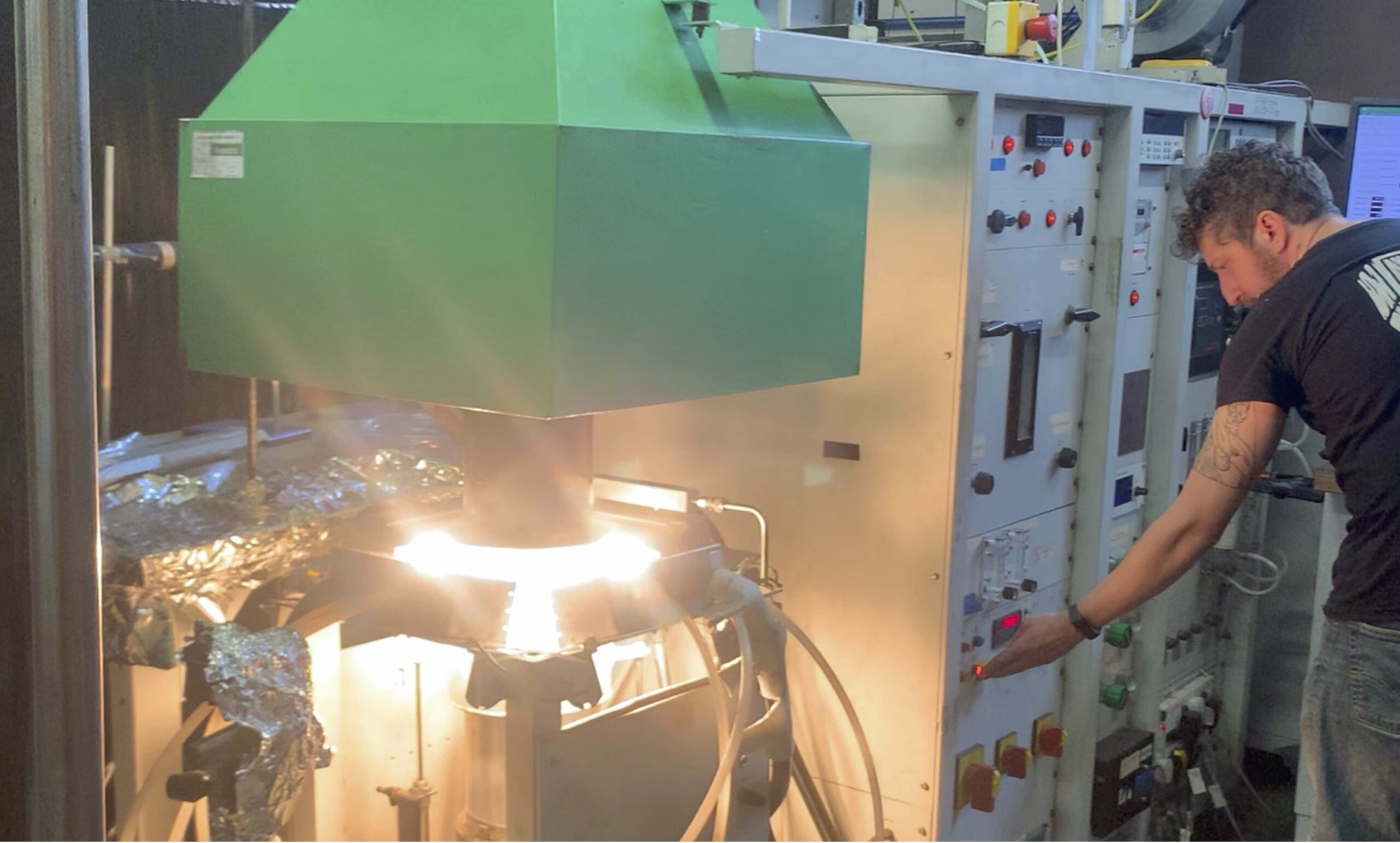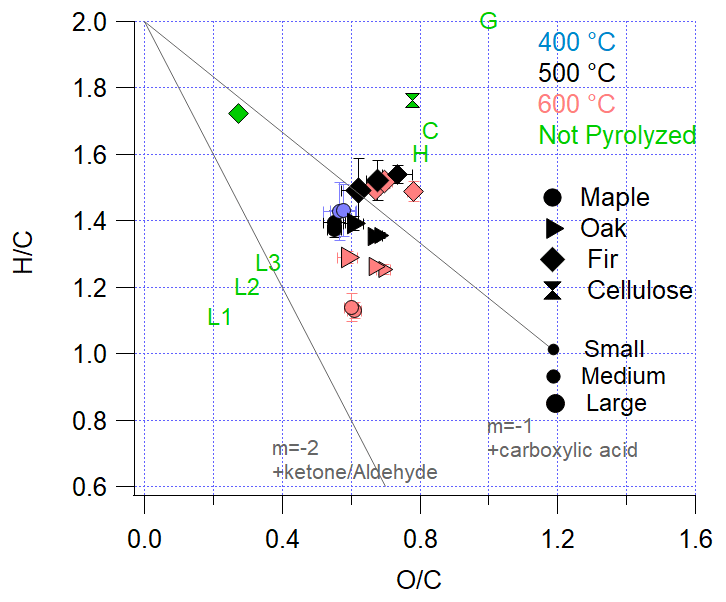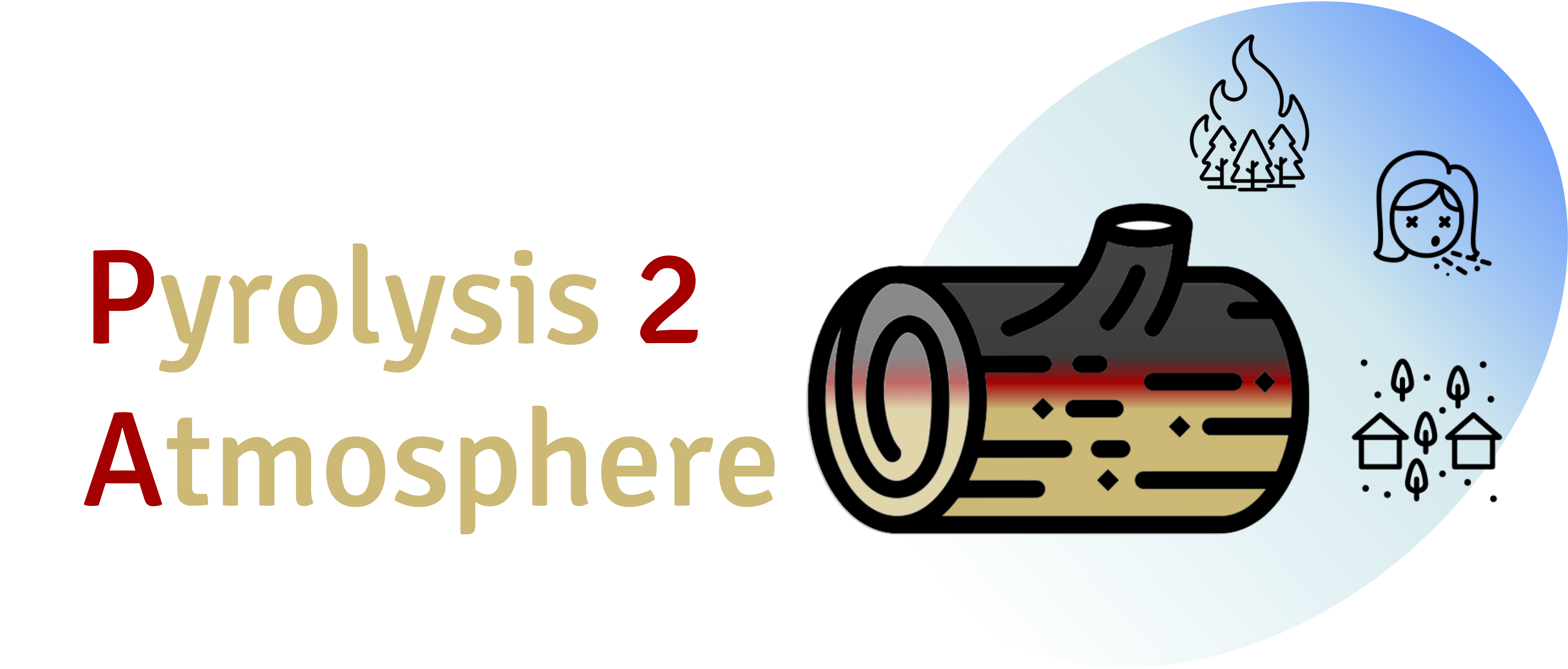Project Progress


October, 2024
John Flynn gave a presentation on how understanding pyrolysis could be used to reduce exposure at the International Society of Exposure Science in Montreal, Canada.

April, 2024
John Flynn presented the connection between heat flux, pyrolysis, and ignition at the Fire Behavior and Fuels conference in Boise, Idaho.

April, 2024
Mariam Fawaz’s paper on predicting aerosol emissions from pyrolyzing wood was published. Mariam combined machine learning on a large data set of time-resolved emissions with simulation based on physical principles of pyrolysis. Particle emission rate is very closely related to mass loss rate (MLR) from the wood.

October 5, 2023
John Flynn gave a presentation at American Association for Aerosol Research, explaining how we’re seeking the governing causes of mass ejection, and the conditions that allow ignition which (believe it or not) cleans up the exhaust.

September, 2023
John Flynn was at the Fire Science Lab at the University of Edinburgh for 3 weeks. Working with Rory Hadden, David Morriset and the FPA (Fire Propagation Apparatus), he compared wood behavior with and without ignition.

August 9, 2023
Anita Avery’s paper on chemical composition of pyrolysis aerosol was published in Atmospheric Chemistry and Physics. It describes the first time anyone put an Aerosol Mass Spectrometer on controlled pyrolysis, to the best of our knowledge. A major finding was that the chemical composition of pyrolytic aerosol does not change during the entire burn – even for thermally-thick pyrolysis.

October 19, 2021
Mariam Fawaz’s paper on the predictability of aerosol release from biomass combustion was published in Atmospheric Chemistry and Physics. Title says it all: “Pyrolysis principles explain time-resolved organic aerosol release from biomass burning.” Experiments are repeatable and match the model pretty well. Pyrolysis folks knew this but it hadn’t been shown with opposing heat transfer.
